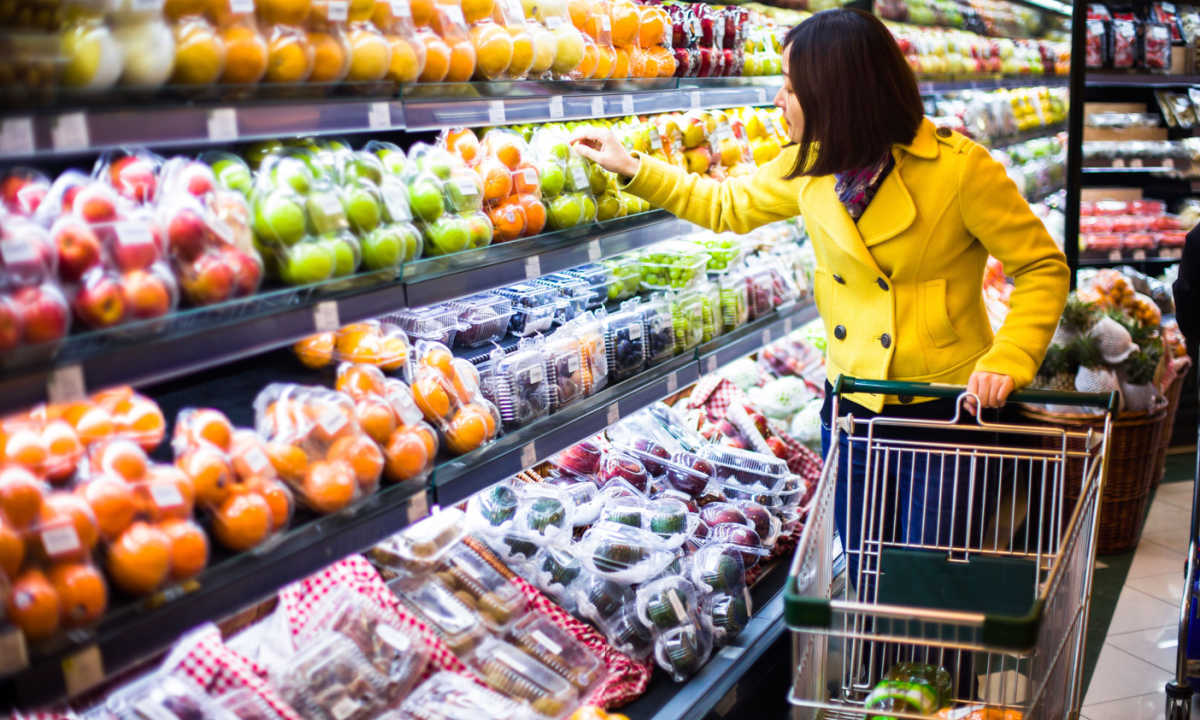 As consumers cut non-essential spending, food is the hook that keeps them coming back.
As consumers cut non-essential spending, food is the hook that keeps them coming back.
Discount variety store chain Dollar General, for one, has been expanding its food offerings via its DG Fresh initiative, which spans almost 19,000 stores, meant to boost margins and drive sales of frozen and refrigerated items.
The push to grow this business comes as the retailer observes a decrease in basket size and in discretionary spending, as CEO Jeff Owen noted on a call with analysts Thursday (Dec. 1) discussing the retailer’s third quarter 2022 financial results.
“We are pleased with the performance on [the DG Fresh sales] front, including enhanced product offerings in stores and strong performance from our perishable department,” Owen said. “Going forward, we expect to realize additional benefits from DG fresh as we continue to optimize our network, further leverage our scale [and] deliver an even wider product selection.”
Indeed, PYMNTS research reveals that, when prices rise, consumers pare back their buying, shifting their spending toward their basic needs and away from discretionary purchases. The April edition of the ConnectedEconomy™ study, “The ConnectedEconomy™ Monthly Report: 3 Ways Consumers Are Dealing With Inflation,” which drew from a survey of roughly 2,800 adults, found that 61% of all U.S. consumers, or 154 million people, were shopping mostly for basic essentials: gas, health products, food and beverages. Moreover, since the time of that survey, prices have only continued to rise.
Additionally, for the October edition of the Consumer Inflation Sentiment study, “Consumer Inflation Sentiment: Consumers Buckle Down On Belt-Tightening,” PYMNTS surveyed more than 2,600 U.S. consumers in September and found that 66% are cutting down on nonessential retail spending, while a smaller share, 58%, are cutting down on nonessential grocery spending.
Get the study: Consumer Inflation Sentiment: Consumers Buckle Down On Belt-Tightening
Plus, even as some consumers cut down on their grocery spending, food retailers are able to gain share from restaurants. The July edition of the Consumer Inflation Sentiment study found that 77% of consumers are shifting to eating more at home instead of at restaurants in response to inflation.
Consequently, retailers that carry a wide range of products have been seeing their food items perform strongly as other areas soften and in turn have been investing in growing and promoting their consumable offerings. Dollar General competitor Dollar Tree, for its part, spoke to this trend on a recent earnings call discussing its own third-quarter results.
“For the second consecutive quarter, our consumables comp outpaced the discretionary comp at Dollar Tree. The team delivered a 9.3% comp on consumables, with key contributors being in food and beverage, snack and cookies, and candy,” CEO Mike Wytinski said. “In recent quarters, we refined our strategies at both Dollar Tree and Family Dollar to focus on the traffic-driving consumable side of the business.”
Similarly, on an earnings call Thursday, discount retailer Big Lots noted a modest increase in food sales. CEO Bruce Thorn added that the “food and consumables” category “indicates a $20 million annualized gross margin opportunity.” Retail giant Target, too, noted growth in its food categories and lower performance in its discretionary categories on an earnings call last month.